
Data collected during the manufacturing process is used to try to identify the cause of discrete problems after the event.

Data collected during the manufacturing process is used to try to identify the cause of discrete problems after the event.

Have you ever seen the "brain teaser" for children that shows a 4 x 4 grid and asks "how many squares of any size are in this grid?" To solve this problem, the reader must recognize that there are sixteen 1 x 1 squares, nine 2 x 2 squares, four 3 x 3 squares, and one 4 x 4 square.

Las soluciones analíticas son muy importantes justo en el momento que vivimos. Tanto en la lucha directa contra la proliferación del virus como en la planificación operativa de los gobiernos y las instituciones de salud, es el instrumento que permite a las empresas enfrentar la crisis económica que surgirá como

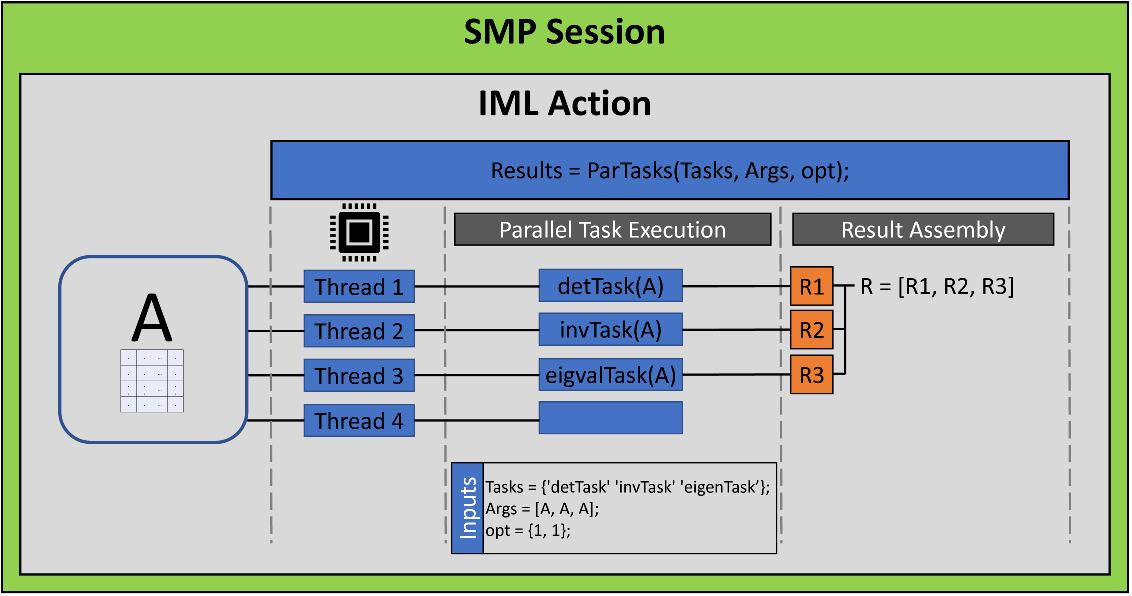
The iml action was introduced in Viya 3.5. As shown in a previous article, the iml action supports ways to implement the map-reduce paradigm, which is a way to distribute a computation by using multiple threads. The map-reduce paradigm is ideal for “embarrassingly parallel” computations, which are composed of many

Com o início do “desconfinamento”, a reabertura das empresas fabris e a entrada faseada em produção, esta é também uma altura importante para pensarmos em como tornar as nossas empresas mais eficientes e em alavancar investimentos efetuados anteriormente. Numa fase em que ainda não estamos a produzir a 100%, a

I spoke with Antonie Berkel and Dr. Joost Huiskens about a systems analysis project for the design of a clinical decision support system (CDSS) which integrates computer vision to help radiologists monitor the progression of tumors.

How can organizations be more resilient during an uncertain business and public health situation? Lessons learned from organizations at the front lines of crisis response reinforce the importance of good analytic governance. These leading organizations have shown us that the fundamentals of the analytic life cycle – data, discovery and

Αν θέλετε να «σπάσετε» την καλοκαιρινή μονοτονία🙂 ανάμεσα στις θαλάσσιες βουτιές, το χταποδάκι στην ταβέρνα και την χαλάρωση από το διάβασμα ενός βιβλίου, σας έχω μια καλή πρόταση! Εάν δεν καταφέρατε να είστε ένας από τους χιλιάδες επαγγελματίες στον τομέα των analytics που συμμετείχαν από 56 χώρες και παρακολούθησαν το

It’s National Intern Day! Created by WayUp, National Intern Day is a holiday dedicated to recognizing and celebrating the future leaders of the world: Interns. At SAS, we feel like every day should be Intern Day, but #NationalnternDay presents a unique opportunity to celebrate the value interns bring to our company. This

When you write a program that simulates data from a statistical model, you should always check that the simulation code is correct. One way to do this is to generate a large simulated sample, estimate the parameters in the simulated data, and make sure that the estimates are close to

Each of us has been impacted by the COVID-19 pandemic in a myriad of ways. In March we dove deep, headfirst, into a number of emotions and a new way of life that is ever-evolving. Some people may find they are drinking more in one night or more days of

For many retailers, the biggest challenge was simply to have enough staff to get products onto shelves quickly enough.

Dashboards and metrics support data-driven decisions – if you understand the terms.
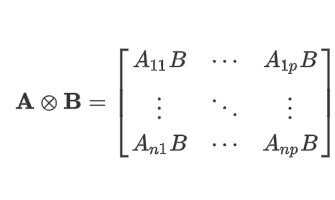
The Kronecker product (also called the direct product) is a binary operation that combines two matrices to form a new matrix. The Kronecker product appears in textbooks about the design of experiments and multivariate statistics. The Kronecker product seems intimidating at first, but often one of the matrices in the

Alena caught up with Pedro Peleja, Technology Transformation Director at Una Seguros, to talk about digital transformation.

Move from rapid response to long-term resiliency based on these 5 tips.
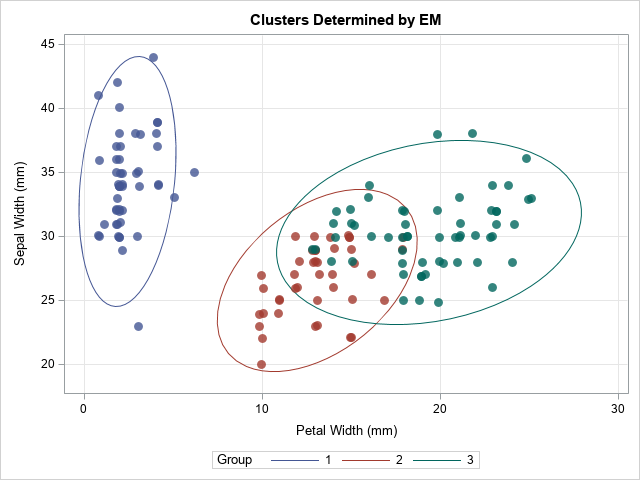
Last month a SAS programmer asked how to fit a multivariate Gaussian mixture model in SAS. For univariate data, you can use the FMM Procedure, which fits a large variety of finite mixture models. If your company is using SAS Viya, you can use the MBC or GMM procedures, which

Everyone is familiar with The Confidence Man. This person can spout any sort of nonsense and easily demonstrable lies, and yet 40% of the people still believe him. The Confidence Man exposes a curious characteristic about human behavior: If you make your assertions with extreme confidence, no matter how obviously
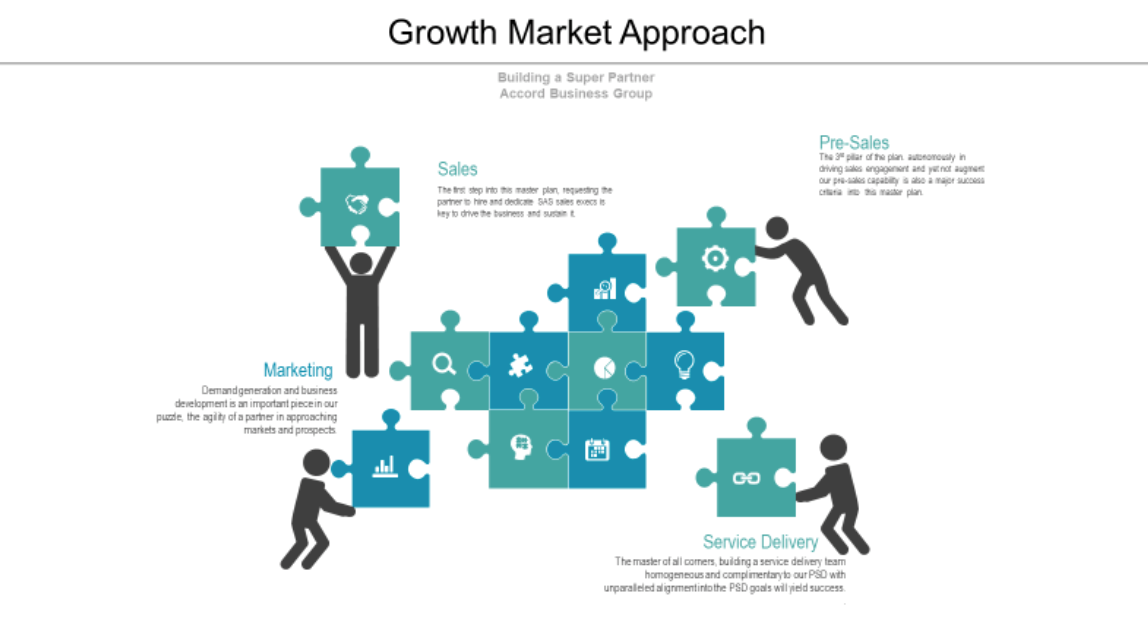
For SAS and its partners, it provides opportunities for growth, new markets, and better service.

Una vez más, una crisis demuestra que la realidad tiene su lado crudo, pero también que es una oportunidad para evolucionar. En el entorno empresarial, la actual pandemia ha planteado enormes retos económicos para las organizaciones: ha puesto en riesgo la rentabilidad y continuidad de algunas, mientras que impulsó las

What leads to development of Machine Learning and Artificial Intelligence techniques to find complex patterns in data?
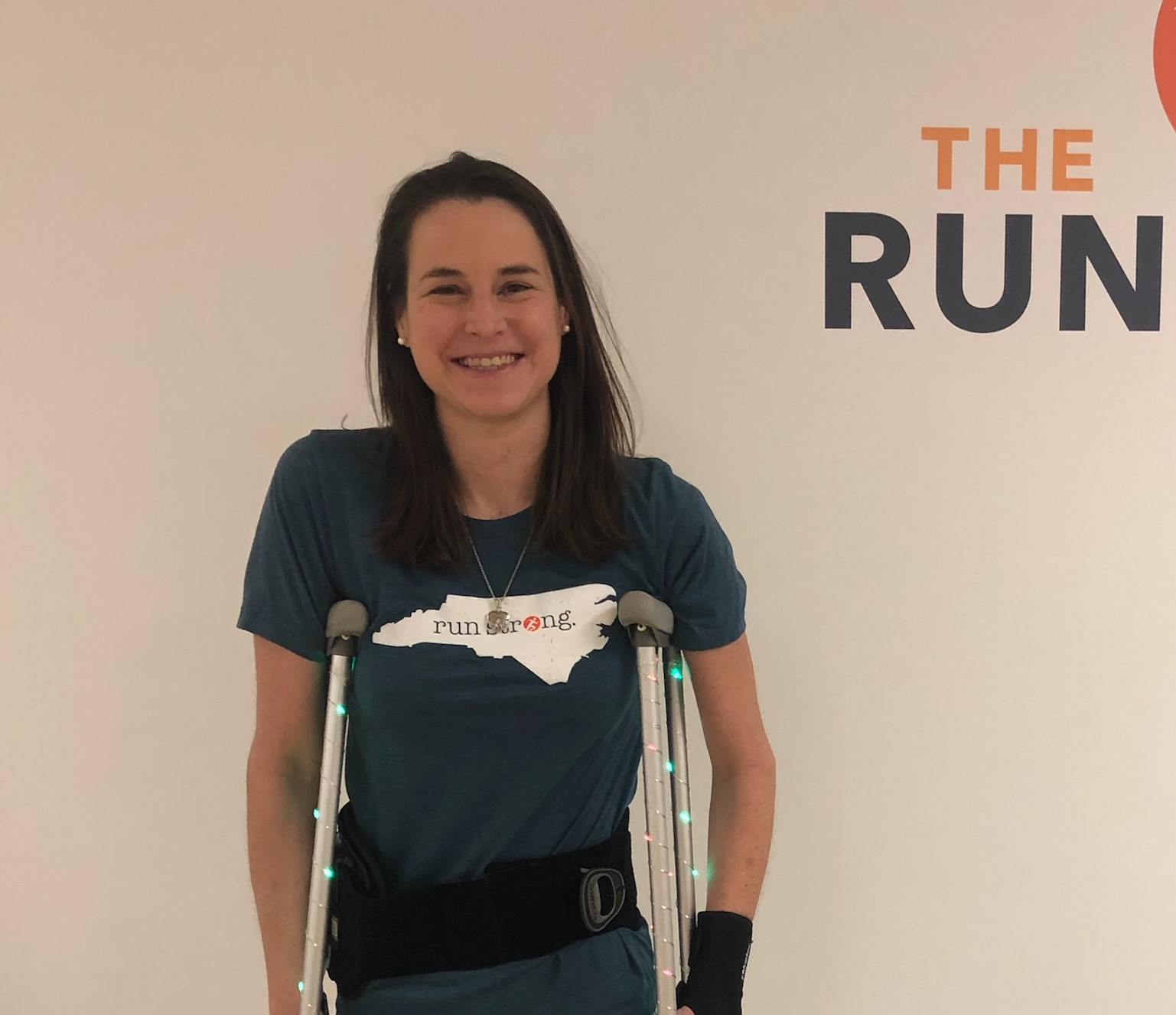
July marks the 30th anniversary of the Americans with Disabilities Act (ADA), a landmark civil rights legislation that has positively impacted the lives of millions of people with disabilities in the United States. It’s always a good time to hear the perspectives of others, and this time presents a unique

When Liverpool clinched the Premier League title with a win on June 25, my household was giddy. We are a family of sports fans, and we especially love baseball (Go, Red Sox!) and soccer. I’m a relative newbie to Liverpool, having cheered for them for the last five years. Having

If the UK economy is going to achieve the target of bringing all greenhouse gas emissions to net zero by 2050 the application of Intelligent Decisioning will play a major role in helping achieve this target.

I recently showed how to compute within-group multivariate statistics by using the SAS/IML language. However, a principal of good software design is to encapsulate functionality and write self-contained functions that compute and return the results. What is the best way to return multiple statistics from a SAS/IML module? A convenient

L'Intelligence Artificielle (IA) et l'analytique aident à la détection des premiers symptômes indicateurs d'une possible épidémie. Ce qui contribue largement à limiter la propagation d'un virus. Il faut pouvoir compter sur des techniques analytiques capables de repérer des événements rares mais significatifs, comme une hausse de l'absentéisme dans une école
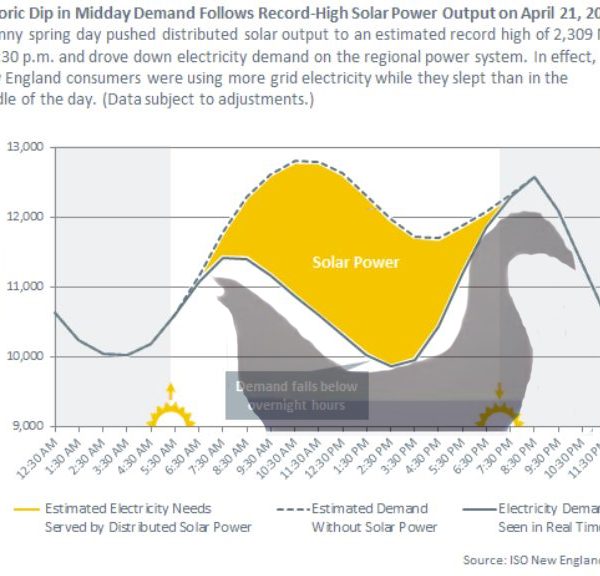
Ever heard of a Turducken? It's a chicken stuffed inside a duck that's stuffed inside a turkey along with layers of stuffing (which I just learned is referred to as a three-bird roast outside the US and Canada; there's also an English variant known as a gooducken, where the turkey

Utility companies have a choice: aggressive debt collection, or debt forgiveness or ‘holidays’.
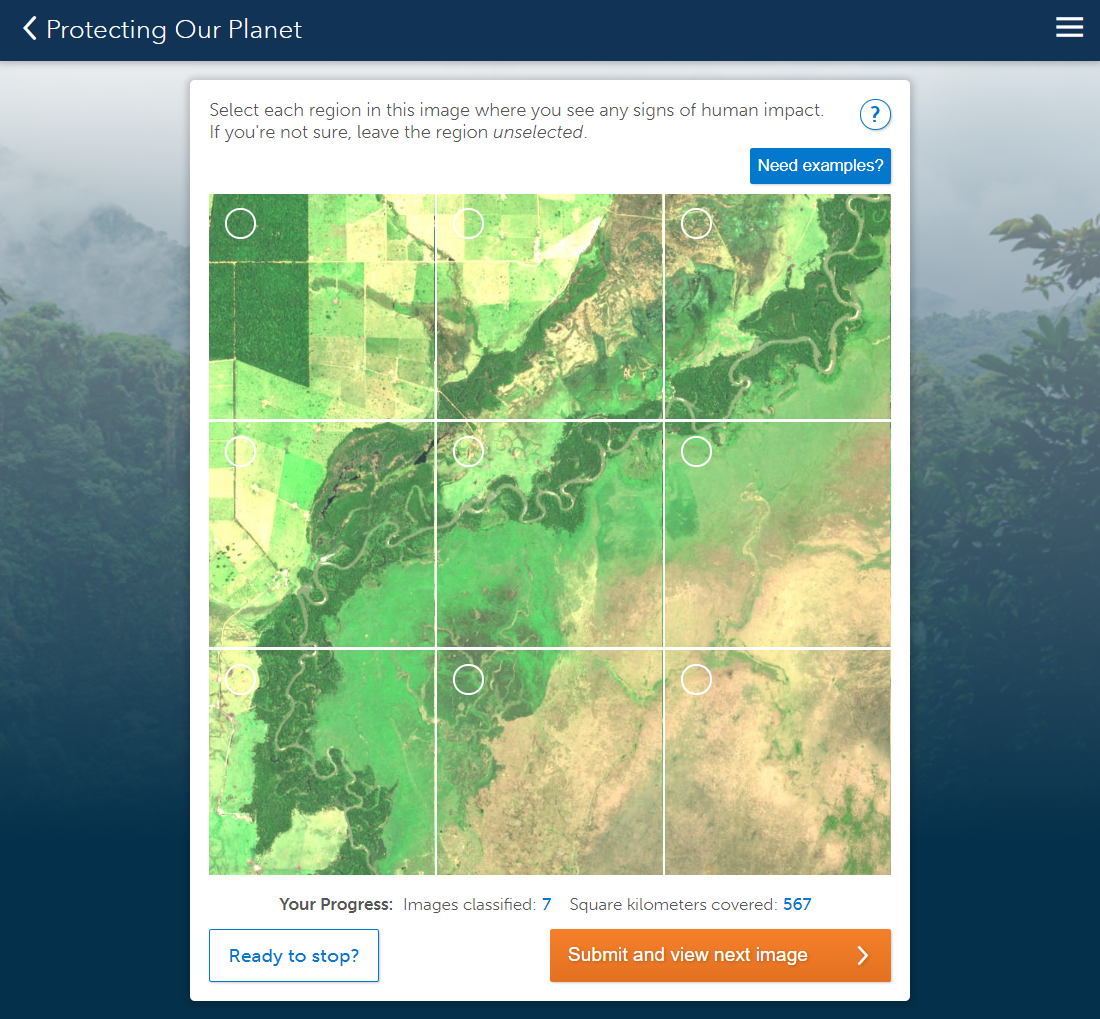
IIASA(International Institute for Applied Systems Analysis, 국제응용시스템분석연구소)는 인류가 당면한 전 세계 환경과 경제, 기술, 사회적 변화로 인한 문제를 연구하는 독립적인 국제 과학 연구소입니다. 이곳에서는 특히, 글로벌 환경과 사회에 영향을 미치는 요소와 그 원인을 명확히 이해하기 위해 분석 기술을 적극 활용하고 있습니다. SAS는 교육, 환경, 건강, 인권, 빈곤 등 다양한 사회